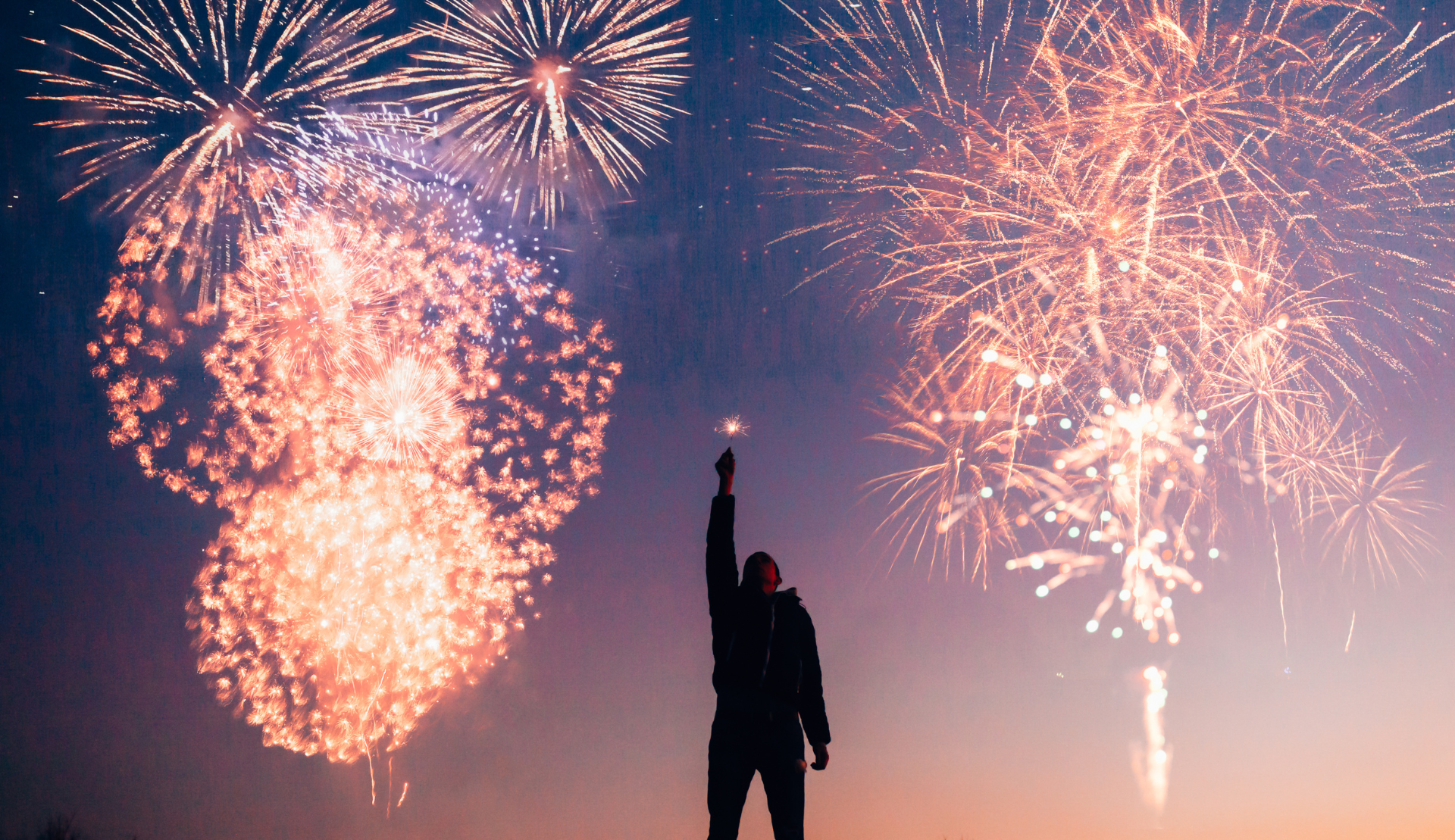From Diwali to New Year’s: Fireworks Traditions Around the World
From Diwali to New Year’s: Fireworks Traditions Around the World
Fireworks have long been an integral part of celebrations and festivities around the world, adding sparkle, colour, and excitement to special occasions. From ancient rituals to modern-day spectacles, the use of fireworks transcends cultural boundaries, uniting people in joyous celebration. In this blog post, we’ll take you on a journey across the globe to explore some of the fascinating fireworks traditions observed from Diwali to New Year’s.
Diwali (India)
Diwali, also known as the Festival of Lights, is one of the most important Hindu festivals celebrated with great enthusiasm and fervour in India and across the Indian diaspora. During Diwali, families come together to light oil lamps, decorate their homes with colourful rangoli designs, exchange gifts, and indulge in delicious sweets. Fireworks play a central role in the festivities, symbolising the triumph of light over darkness and good over evil. Spectacular displays illuminate the night sky, creating a mesmerising spectacle that dazzles and delights onlookers.
Independence Day (United States)
In the United States, Independence Day on July 4th is synonymous with fireworks, commemorating the country’s declaration of independence from British rule in 1776. Across the nation, communities gather to celebrate with parades, concerts, and cookouts, culminating in grand fireworks displays that light up the sky in a patriotic symphony of colour. From small towns to major cities, the Fourth of July fireworks showcase the spirit of freedom and unity that defines the American identity.
Bastille Day (France)
Bastille Day, celebrated on July 14th, marks the anniversary of the French Revolution and the storming of the Bastille prison in 1789. As the national day of France, it is observed with military parades, concerts, and fireworks displays throughout the country. In Paris, the iconic Eiffel Tower serves as a breath-taking backdrop for the Bastille Day fireworks, drawing crowds of spectators who gather along the banks of the Seine to witness the dazzling show.
Chinese New Year (China)
Chinese New Year, also known as the Spring Festival, is the most important traditional festival in China, marking the beginning of the lunar new year. The festivities last for 15 days and are characterised by elaborate dragon and lion dances, lantern festivals, and vibrant street parades. Fireworks are an integral part of the celebrations, believed to ward off evil spirits and bring good luck and prosperity for the coming year. The cacophony of fireworks reverberates through the streets, creating a symphony of sound and light that heralds the arrival of a new lunar cycle.
New Year’s Eve (Global)
As the clock strikes midnight on December 31st, people around the world gather to bid farewell to the old year and welcome the new with jubilant celebrations. From the dazzling fireworks extravaganza in Sydney Harbour to the iconic ball drop in Times Square, fireworks take centre stage in ushering in the New Year with hope, optimism, and joy. Whether it’s watching fireworks from a rooftop terrace, joining a street party, or hosting a backyard bonfire, the sight of fireworks illuminating the night sky symbolises new beginnings and endless possibilities.
In conclusion, fireworks traditions around the world are as diverse and vibrant as the cultures that celebrate them. From the ancient rituals of Diwali to the modern-day spectacles of New Year’s Eve, fireworks continue to captivate and inspire people of all ages, bridging divides and fostering a sense of unity and shared humanity. So, the next time you witness a fireworks display, take a moment to appreciate the rich tapestry of traditions that have shaped this universal symbol of celebration and joy.

